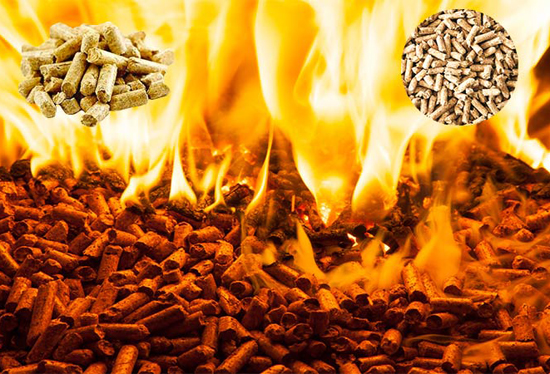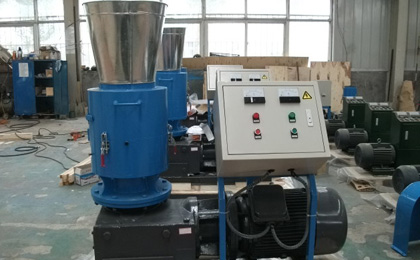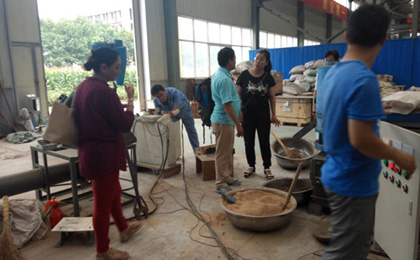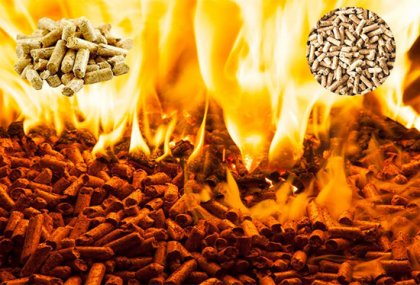Biomass fuels have high oxygen content and high organic volatiles, which will produce large amounts of volatile gases during the combustion phase. Both the vapor phase combustion of the volatiles released during the fuel heating pyrolysis process occurs, and solid multiphase combustion occurs during the coke oxidation process. The volatiles burn very quickly, almost the same rate as the volatiles, and the oxidation of coke is much slower. Biomass combustion can be divided into three stages, the first stage is the dehydration stage, the second stage is the volatile analysis combustion stage, and the third stage is the coke combustion stage.
Combustion characteristics of biomass pellets at different heating rates
The combustion-supporting gas is a mixture of oxygen and nitrogen with an oxygen content of 20%. The TG and DSC curves of biomass particles burning at different heating rates show that the heating rate has a greater impact on the combustion of biomass particles. As the rate of temperature increase increases, the burnout temperatures of different types of biomass particles increase. The final residue quality of the combustion of biomass particles also increases with the increase of heating rate, but the increase is not obvious. When the heating rate is set to 20 °C·min-1, the final residue quality of biomass particles is burned. maximum. The increase in the rate of temperature increase also increases the rate of weight loss of the biomass. The rate of weight loss when the heating rate is 30 °C·min-1 is much higher than the other two kinds of heating rate, and the TG curve is smoother than the other two.
Combustion characteristics of biomass pellets in different oxygen contents
Different oxygen levels have a significant effect on the TG and DSC curves of biomass pellet combustion.

The oxygen content in the combustion-supporting gas is increasing, so that the burn-out temperatures of different types of biomass particles are reduced. The effects of the final residue quality on the combustion of different types of biomass particles are not the same. The change in oxygen content has little effect on the final residue quality of the sawdust particles and the rice husk particles, and the final residue quality of the two biomass particles remains substantially unchanged. For shavings particles, the final mass of the burn is 20% at the oxygen content. As the oxygen content of the straw granules continues to increase, the final residue quality also increases, reaching a maximum at an oxygen content of 33%.
The oxygen content has a significant effect on the DSC curve of the biomass particles. The other oxygen content of combustion-supporting gas is increasing, and the exothermic peak of different kinds of biomass particles is also increasing. When the oxygen content is 33%, the exothermic peak of biomass particle combustion reaches the maximum. The temperature at which the exothermic peak reaches the maximum also decreases with the increase of oxygen content, and the temperature is the lowest when the oxygen content is 33%.
Comparison of combustion characteristics of processed biomass pellets and unprocessed biomass
Combustion environment: The heating rate is 20 ° C · min -1 , and the oxygen content of the combustion-supporting gas is 20%. It can be known from the TG and DSC curves of biomass burning of different processing technologies, whether the biomass is processed or not, and the burning characteristic curve is obviously different.
The TG curves of processed rice husks and unprocessed rice husks are significantly different. The final residue quality of the processed rice husk is much smaller than that of the unprocessed rice husk, and the burned temperature of the processed sawdust is also higher than that of the unprocessed sawdust. The difference in the DSC curve of rice husk is also obvious. The DSC curve of the unprocessed sawdust shows two distinct exothermic peaks, and the first exothermic peak and the second exothermic peak are quite different. After the processing and forming process, the sawdust DSC curve has two similar exothermic peaks.






